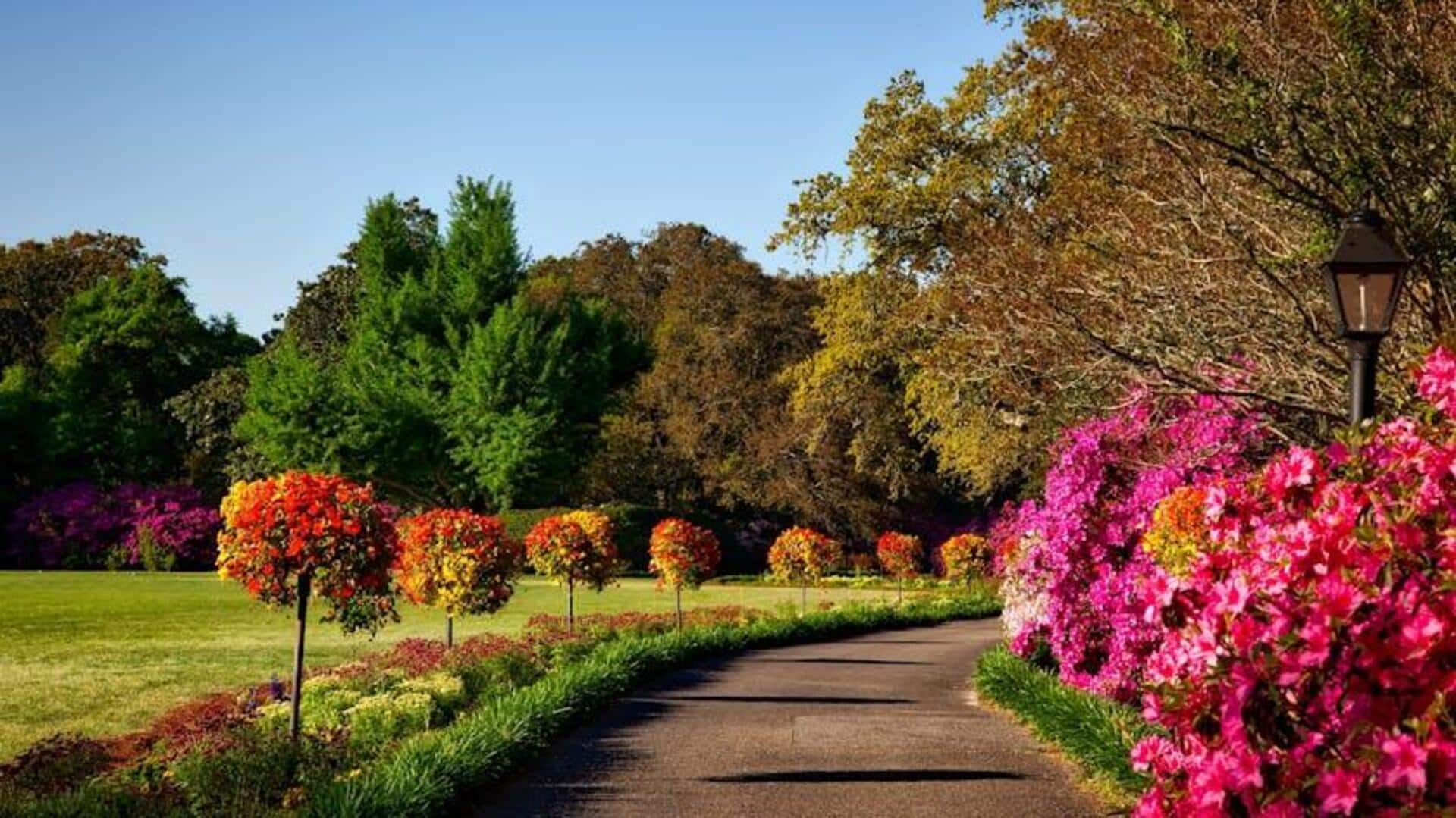
Nature lovers: Here's where you need to go next
What's the story
Exploring botanical gardens is a unique way to get a glimpse of the diverse plant life that thrives across the globe.
While many of these are popular tourist attractions, there are also several lesser-known gems that let you experience nature in a more intimate way.
These hidden botanical gardens, often away from bustling city centers, allow visitors to explore rare plant species and serene landscapes without the crowds.
Mexican oasis
Jardin Botanico de Culiacan in Mexico
Located in Culiacan, this garden hosts more than 1,000 plant species from across the globe. It includes themed areas like desert plants and tropical flora.
The garden also displays art installations by world-renowned artists, marrying nature with creativity.
Visitors can take guided tours or explore on their own while learning about conservation efforts and sustainable practices adopted in the garden.
Thai paradise
Nong Nooch Tropical Garden in Thailand
Located close to Pattaya, this sprawling garden spans over 500 acres and showcases an incredible collection of tropical plants. It includes themed areas like French gardens and topiary displays.
Nong Nooch is also famous for its cultural shows, which involve traditional Thai performances.
The garden's commitment to research and conservation makes it a major hub for botanical studies in Southeast Asia.
African haven
Kirstenbosch National Botanical Garden in South Africa
Nestled at the foot of Table Mountain in Cape Town, Kirstenbosch is famous for its indigenous flora.
Spanning 528 hectares, it is dedicated to preserving South Africa's unique biodiversity with over seven thousand species of plants from the region.
The Boomslang walkway offers panoramic views of both the garden and surrounding mountains, while offering educational insights into local ecosystems.
Portuguese retreat
Jardim Botanico da Madeira in Portugal
Perched on a hillside overlooking Funchal Bay, this garden features an extensive collection of exotic plants from across the world with native Madeiran species.
Among them are laurel forests, found nowhere else on Earth today.
This rarity is largely due to human activity centuries ago, which led them to become endangered.
Now, preserved here carefully under expert supervision, these plants ensure their survival.
Future generations, too, can appreciate them fully, hopefully someday soon.